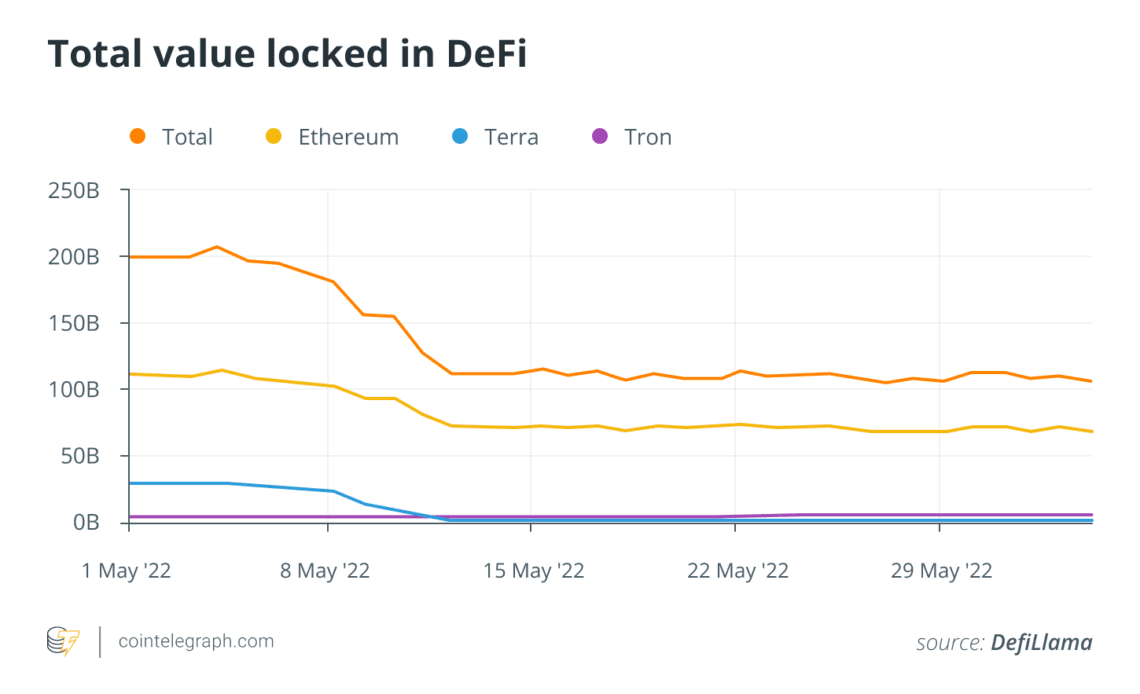The recent downturn in the broader crypto landscape has highlighted several flaws inherent with proof-of-stake (PoS) networks and Web3 protocols. Mechanisms such as bonding/unbonding and lock-up periods were architecturally built into many PoS networks and liquidity pools with the intent of mitigating a total bank run and promoting decentralization. Yet, the inability to quickly withdraw funds has become a reason why many are losing money, including some of the most prominent crypto companies.
At their most fundamental level, PoS networks like Polkadot, Solana and the ill-fated Terra rely on validators that verify transactions while securing the blockchain by keeping it decentralized. Similarly, liquidity providers from various protocols offer liquidity across the network and improve each respective cryptocurrency’s velocity — i.e., the rate at which the tokens are exchanged across the crypto rail.
Download and purchase reports on the Cointelegraph Research Terminal.
In its soon-to-be-released report “Web3: The Next Form of the Internet,” Cointelegraph Research discusses the issues faced by decentralized finance (DeFi) in light of the current economic background and assesses how the market will develop.
The unstable stable
The Terra meltdown raised many questions about the sustainability of crypto lending protocols and, most importantly, the safety of the assets deposited by the platforms’ users. In particular, crypto lending protocol Anchor, the centerpiece of Terra’s ecosystem, struggled to handle the depeg of TerraUSD (UST), Terra’s algorithmic stablecoin. This resulted in users losing billions of dollars. Before the depeg, Anchor Protocol had more than $17 billion in total value locked. As of June 28, it stands at just under $1.8 million.
The assets deposited in Anchor have a three-week lock-up period. As a result, many users could not exit their LUNA — which has since been renamed Luna Classic (LUNC) — and UST positions at higher prices to mitigate their losses during the crash. As Anchor Protocol collapsed, its team decided to burn the locked-up deposits, raising the liquidity outflow from the Terra ecosystem to $30 billion, subsequently causing a 36% decrease in the total TVL on Ethereum.
While multiple factors led to Terra’s collapse — including UST withdrawals and volatile market conditions — it is clear that the inability to quickly remove funds from the platform represents a significant risk and entry barrier for some…
Click Here to Read the Full Original Article at Cointelegraph.com News…
























